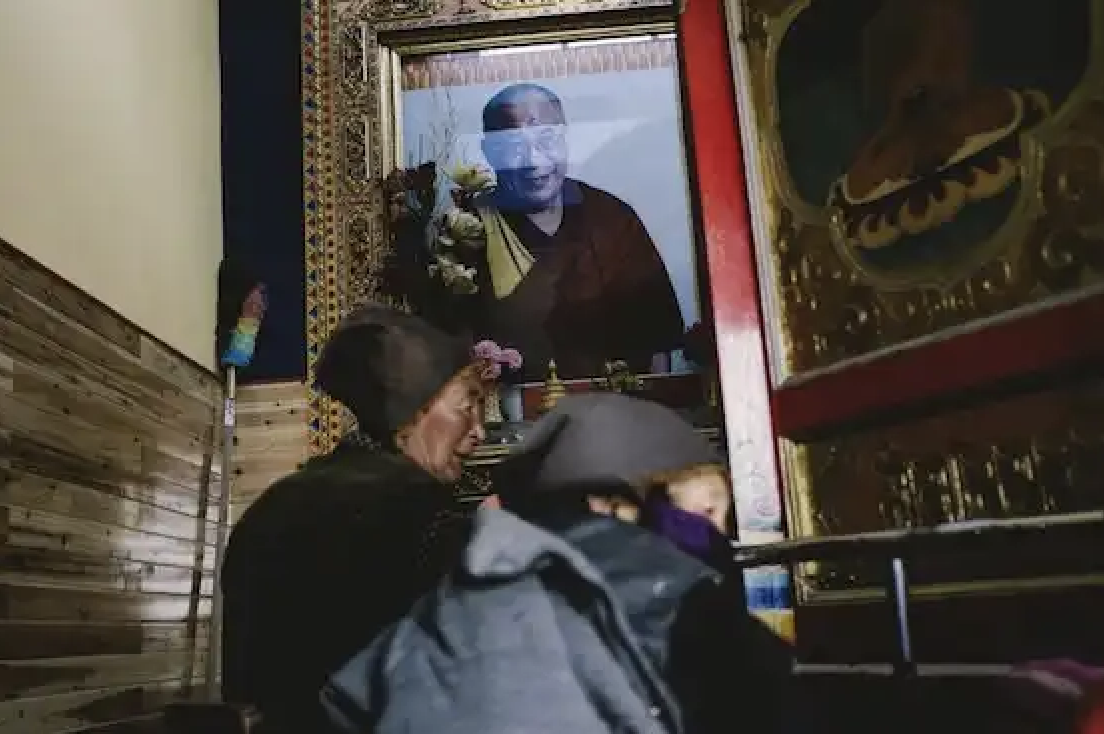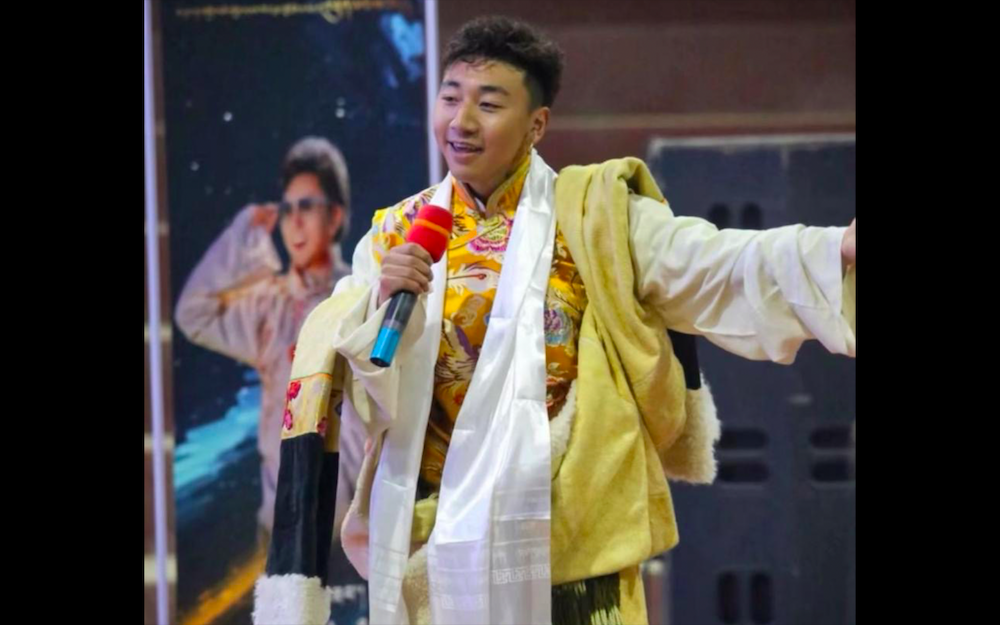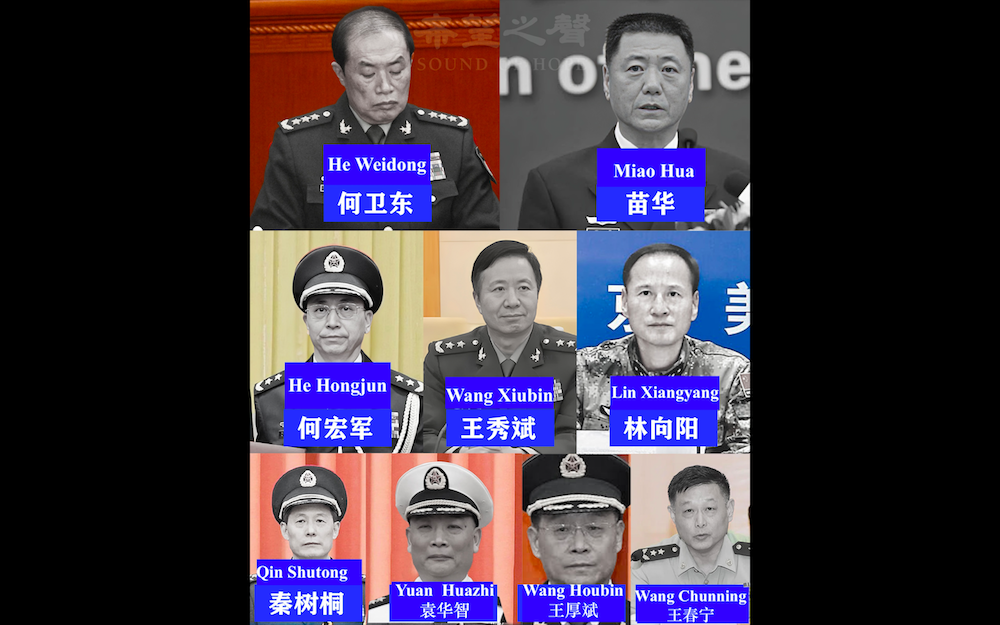 By Jordan Caswell
By Jordan Caswell
Though they were drawn to Carrboro to perform one of the most unique artistic traditions in Buddhism, four Tibetan monks and their painter companion discovered the novelties of football traffic jams and Kentucky Fried Chicken combos.
Fare at KFC proved to be the group’s favorite meal; they rejected the offerings of India Palace and Weaver Street Market for the fast-food chain’s No. 4 and 5 combos. But the monks’ visit has a higher purpose than mere exposure to fried chicken.
Out of 3,500 monks at the Sera Jey Monastery in India, four were selected to represent the monastery and tour the country for the first time, said Rick Ramirez, owner of the Temple Ball Gallery store and performance space in Carrboro.
Geshe Thupten Wangchuk, Geshe Palden Sangpo, Gelong Namka Norbu and Ngagrampa Pema Ngodup arrived in June and will perform across the country for about a year. They began their stay Friday night with traditional dances and chanting ceremonies at the Carrboro ArtsCenter.
The five-day creation of a sand mandala, a symbolic image made of colored sand and intended to reconsecrate and heal its surroundings, began Saturday at Temple Ball.
During the first day, the monks drew the mandala image of a medicine Buddha on a flat wooden surface.
“This particular (mandala) has a lot of symbolism directed toward their environment,” said Chris Cloonan, a Temple Ball employee.
Temple Ball was asked to play host after a successful art collaboration last year with Sherab L. Lama, proprietor of Himalayan Frontiers in Raleigh.
In the store’s performance space throughout the week, the monks have been laying 22 colors of marble crushed to a sand consistency. Leaning over the mandala, the monks place sand by scraping rods against metal funnels, called chak-pur, which hold the sand. The slight vibration and the tiny opening at the end of the chak-pur cause sand to flow steadily, allowing the monks to place bits of color.
Each day the monks have worked for seven hours to create an image that will be completed and destroyed today in a process representing the impermanence of life.
In a ceremony beginning with chants and meditation, the sand will be transferred from the mandala into an urn. Half will be given to the audience as a blessing, while the remainder will be deposited in University Lake.
The activities at Temple Ball are part of the 2003 Shiwa Tour of the Sera Jey Monastery Monks. The tour will raise money for a new dormitory at the Sera Jey Monastery, a center for monastic education and practice of Tibetan Buddhism.
Despite living in one of the world’s largest Buddhist monasteries, the monks experience overcrowded, unsanitary conditions — yet a monastic education there is comparable to a degree from Princeton University, Ramirez said.
Tour proceeds and donations also will assist Kadampa Center, a Tibetan Buddhist center for study and practice in Raleigh, and will benefit disabled children at the Karuna House facility near the Sera Jey Monastery.
Accompanying the monks on tour is Phurbu Wangdak, a thangka painter. He has been working on watercolor thangka paintings of Buddha and green tara, said to be the mother of all Buddhas, since the monks began their sand mandala.
Wangdak also is selling monk-made Dharma objects — from rings to prayer flags to belly packs — to benefit the monastery’s dormitory.
Ramirez said he has been glad to host and help the monks. “We are incredibly honored,” he said.
The mandala will be completed today. Closing ceremonies will begin at 4 p.m.
Contact the Features Editor at features@unc.edu.









